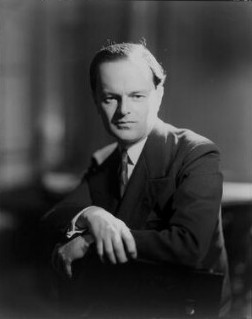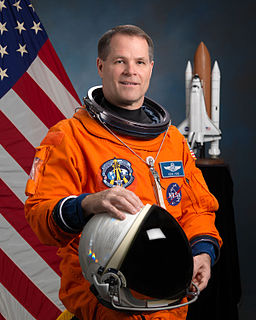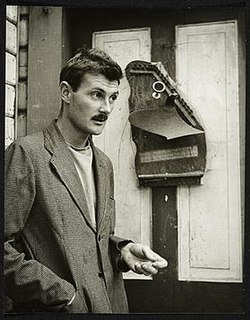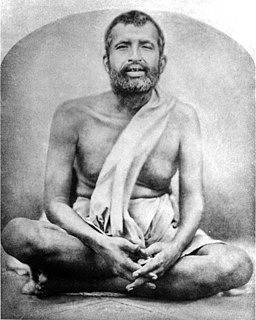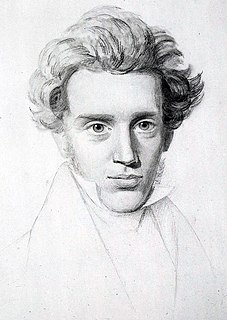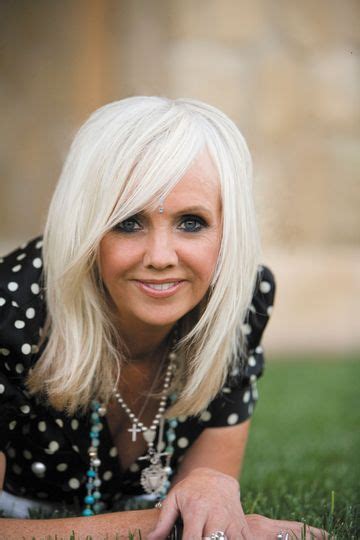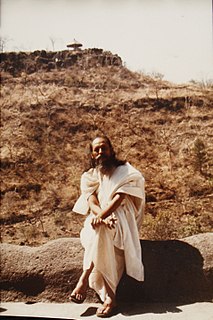A Quote by Kenneth Clark
The illustrator is essentially a reporter: his subjects come from the outside, lit by a flash. A subject comes to the classical artist from inside, and when he discovers confirmation of it in the outside world he feels that it has been there all the time.
Related Quotes
When I was a boy, I choked on a piece of candy outside the kitchen window for a few minutes while watching my parents making dinner. I thought I was going to die, but I didn't want to scare them. Our existence was so separate, a dying and a doing well, an outside and an inside. Trey Moody's poems hover in that cold, wet, refrigerator-lit place between the dying and the doing well, the outside and the inside. His poems are the thoughts of the person you love who is always standing behind you, slowly and silently suffocating. But they're not afraid to say hello, and please, and I'm scared.
Take the case of the infinite ocean. There is no limit to its water. Suppose a pot is immersed in it: there is water both inside and outside the pot. The jnani sees that both inside and outside there is nothing but Paramatman. Then what is this pot? It is 'I-consciousness'. Because of the pot the water appears to be divided into two parts; because of the pot you seem to perceive an inside and an outside. One feels that way as long as this pot of 'I' exists. When the 'I' disappears, what is remains. That cannot be described in words.
The goal of mankind is knowledge ... Now this knowledge is inherent in man. No knowledge comes from outside: it is all inside. What we say a man 'knows', should, in strict psychological language, be what he 'discovers' or 'unveils'; what man 'learns' is really what he discovers by taking the cover off his own soul, which is a mine of infinite knowledge.
Isn't it great to know that you cannot control your world from the outside? To try and control things on the outside feels impossible because it would take so much work, and in fact it is impossible according to the law of attraction.
To change your world all you have to do is manage your thoughts and feelings on the inside of you, and then your whole world changes.
I think artists are really the root of a tree. They can search for truth or reality in their own way, and the gallery can support them - the outside part of the tree, where it is more about reaching the outside world, connecting with the outside world. That is the role of the gallery, no? Why does the artist have to do that?
I've become really interested in the landscape but not as landscape but more as it relates to mood and how we live and how the outside impacts on the inside. I didn't really look at the outside world during the years I was photographing the Ballad as I was locked inside my house and I lived totally inside.
